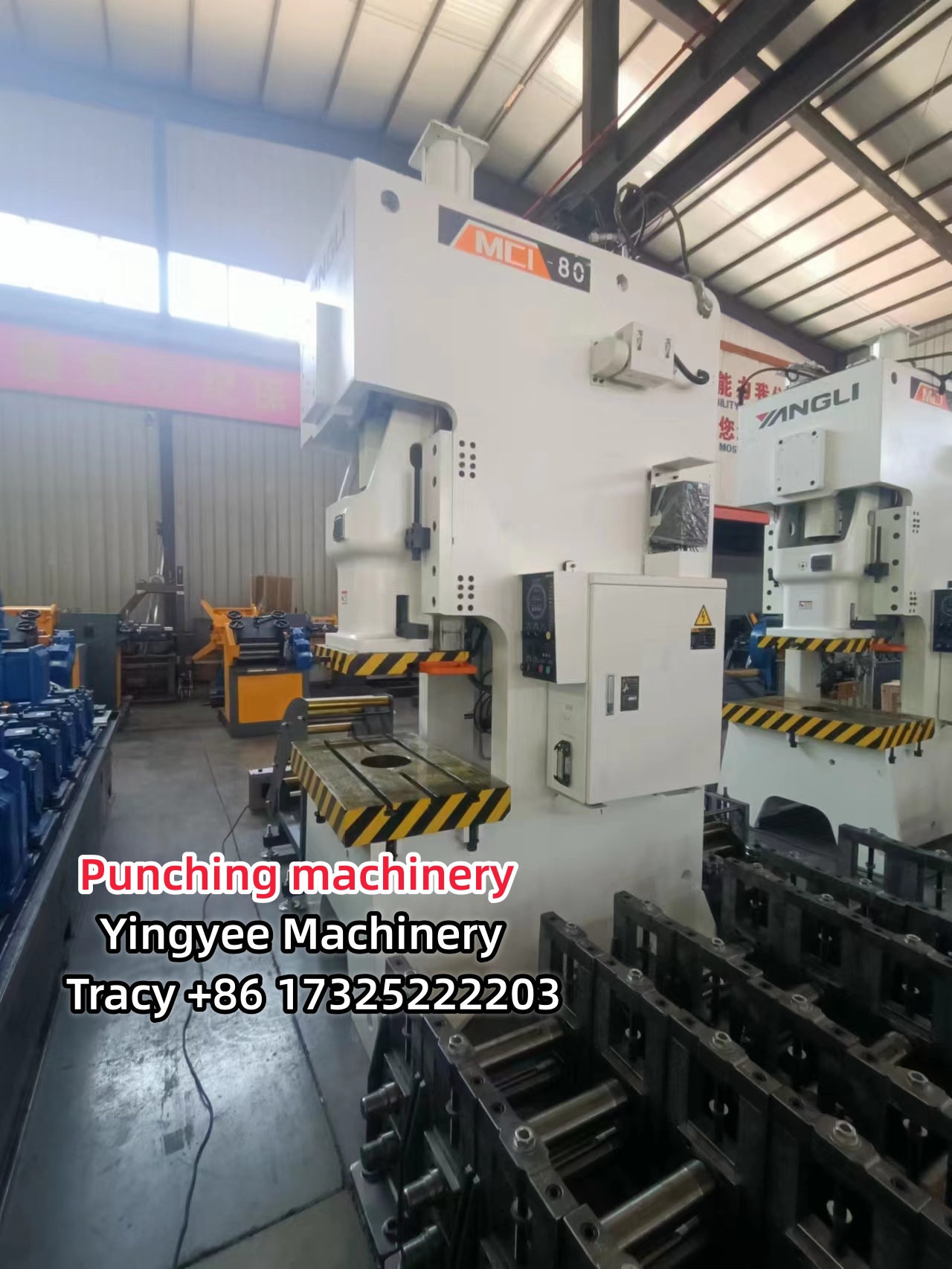
Understanding U Channel Forming Machines An Overview
U channel forming machines are specialized equipment used in the manufacturing of U-shaped channels, which are essential components in various industries, including construction, automotive, and manufacturing. These machines are engineered to take flat metal sheets and transform them into U-shaped channels through a series of precise forming processes. The versatility, efficiency, and accuracy of these machines make them crucial for modern production lines.
The Basics of U Channel Forming
The primary function of a U channel forming machine is to convert flat metal sheets into U-shaped profiles. This is achieved through a series of bending, rolling, and sometimes welding processes, depending on the design complexity and production requirements. The most commonly used materials for U channels include steel, aluminum, and stainless steel, which can be chosen based on the strength, corrosion resistance, and weight considerations of the final product.
Key Components of U Channel Forming Machines
U channel forming machines are composed of several key components that ensure their efficiency and precision
1. Feed Mechanism This component feeds the metal sheets into the machine. A well-designed feed mechanism ensures that the sheets are aligned correctly and fed consistently to maintain uniformity in the production process.
2. Bending Stations These are the most critical parts of the machine, where the actual bending of the metal occurs. U channel forming machines typically have multiple bending stations that gradually shape the flat sheet into a U-profile.
3. Rollers and Dies Rollers and dies are employed to apply the necessary pressure and shape the material accurately. The design of these components is crucial, as they must withstand high stress while maintaining dimensional accuracy.
4. Cutting Tools In many cases, the formed channels may need to be cut to specific lengths, which is where cutting tools come into play. These tools can be integrated into the machine for on-the-spot cutting, enhancing productivity.

5. Control System Modern U channel forming machines are equipped with advanced control systems that allow operators to program various parameters, such as bending angles and speeds. This automation not only boosts efficiency but also minimizes the risk of human error.
Applications of U Channels
U channels are used in a multitude of applications across different industries
- Construction They are often used as structural supports in buildings, providing strength and stability. - Automotive U channels are employed in the manufacturing of vehicle frames and components due to their lightweight yet robust properties. - Manufacturing In machinery and equipment, U channels can serve as tracks, guides, or bases, contributing to the overall functionality.
Advantages of Using U Channel Forming Machines
The use of U channel forming machines presents several advantages
- Efficiency These machines significantly reduce the time required to produce U channels compared to manual processes, leading to higher productivity. - Precision Automated forming processes ensure consistent quality and dimensional accuracy, which is crucial in industries where specifications are stringent. - Versatility U channel forming machines can be adapted to work with various materials and can produce different sizes and thicknesses of channels, catering to diverse industrial needs.
Conclusion
U channel forming machines are vital tools in the production of U-shaped profiles that play a significant role across various sectors. With advancements in technology, these machines continue to evolve, offering enhanced efficiency, precision, and versatility. As industries demand higher-quality products at faster rates, the importance of U channel forming machines will undoubtedly grow, making them indispensable in modern manufacturing processes.